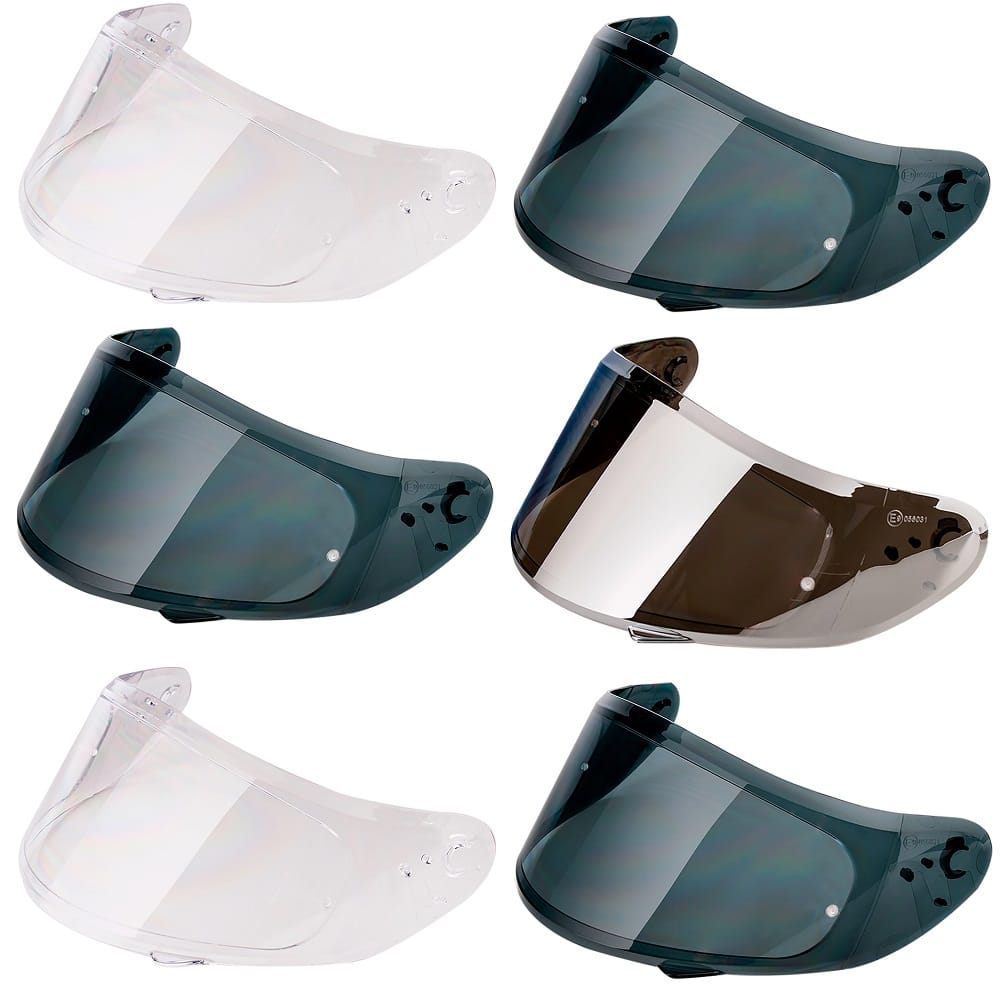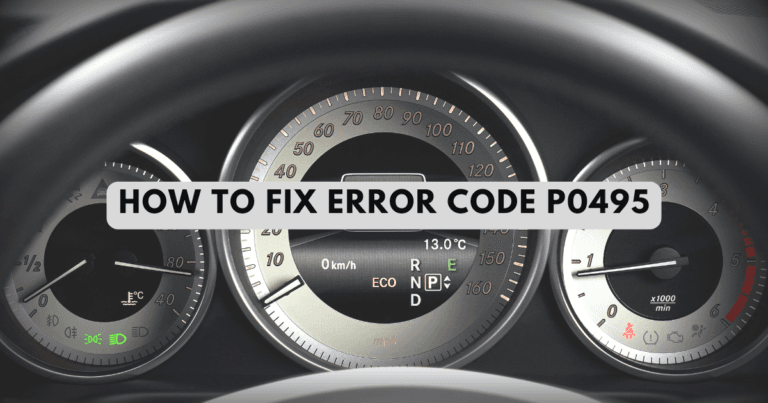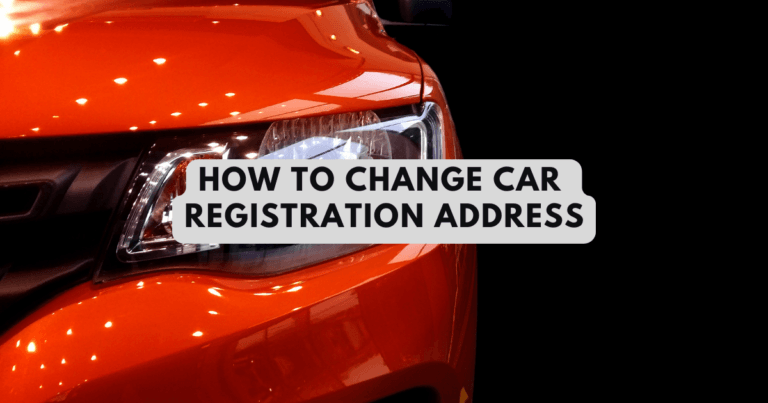Motorcycle helmet visors come in a variety of sizes and forms. They are not at all universal. You must select a visor that fits your helmet precisely and flawlessly. If it fits perfectly, the rider’s view will not be obstructed.
A single visor cannot be used on two distinct styles and shapes of helmets. We hope this answers your question: Are motorcycle helmet visors universal?
Here, you may also investigate the numerous types of visors designed for various helmets, so here are the specifics:
Motorcycle helmet visors are not ”universal.”
Visors are not always appropriate. Using the incorrect visor will not provide the desired effects, so be cautious!
Different kinds of helmets require various visors. A visor, for example, is designed and shaped differently for a half-face, full-face, open-face, and modular helmet.
A visor, without a doubt, helps to improve the rider’s eyesight. It shields your eyes from damaging UV rays and allows you to ride in comfort on sunny, rainy, windy, and foggy days.
Furthermore, it has evolved into an essential component of a motorcycle helmet. Maintain it in excellent shape; if it is damaged or seems to be malfunctioning, the rider’s safety will undoubtedly be jeopardized.
It is advised that you examine your current headwear before purchasing a visor. This exercise will allow you to rapidly identify what type of visor you require. There are several visor options available in stores; select the one that looks best with your helmet.
A fast fact: A universal helmet visor will fit any helmet, regardless of style, design, or form! Although a few manufacturers have recently introduced universal visors, complete success has yet to be reached.
Different kinds of visors
It should be noted that some visors use a screw mechanism, while others use a snap-in system. A few helmets include visors that can be readily adjusted by changing the pivot point.

You’ve probably seen tilt-able visors and various variations that can be adjusted by turning them. Rest, some visors feature a flat or curved bottom surface. Some have frames, while others do not. Some are hard, while others are flexible and squishy. Other information is provided below:
Clear visor
It is a conventional form of visor for your motorcycle helmet. Its completely transparent design promotes visibility and the rider’s eyesight. Furthermore, it is suited for night journeys. As long as you wear the transparent visor, your eyes will not become tired during extended riding sessions.
Tinted visor
A tinted visor is quite useful while riding a bike at night. Its primary function is to lessen the brightness impact and assure the rider’s safety at all times.
Smoked visor
A smoked visor provides extra cooling to the rider. It is normally black and seems transparent in nature. It is also referred to as a “black visor” at times.
Furthermore, if the rider’s helmet has a smoked visor, he is well protected from damaging UV radiation. With this visor on your helmet, you’ll have good vision whether you’re riding at night or in the dark. The sole disadvantage is that sight will be impaired if there are no street lights.
Photochromic visor
The photochromic visor is the most expensive and technologically advanced form of visor available. The most amazing aspect is that it darkens anytime it is exposed to light. Furthermore, this visor is not included with the helmet; you must purchase it separately.
Mirrored visor
This visor features a mirror-like surface, as the name implies. It reflects light and is best suited for usage in wet and foggy environments. The main disadvantage is that this visor does not work well after dark.
Mirrored visors are also called as “iridium or mercury visors” at times. They have a mirror coating imprinted on one side of the visor. The rider will be able to see the other person’s face, but not yours.
Furthermore, mirrored visors have always been the most visually appealing. They make your helmet seem a lot more visually attractive and inviting.
How do you know the visor will fit the helmet?
Not all visors must be compatible with and fit your helmet. However, there is one factor that might help you assess whether the visor will fit with the helmet:
- Your helmet’s visor assembly mechanism should match.
- Determine if you require a snap-in or screw-type visor ahead of time.
- The visor should be properly aligned with the helmet’s rubber seal.
- It must fit in the same way as the original visor.
Considerations when choosing a helmet visor
- If you frequently ride on sunny days for lengthy periods of time, you should invest in a mirrored helmet visor. Avoid using them at night or in the dark.
- You may also ride with smoked visors throughout the day since they provide a cooling effect and protect your eyes from fatigue on a hot bright day.
- Furthermore, when riding at night, use a transparent visor and disable the smoked visor; this way, you have the best of all worlds.
- The visor must be approved by bodies such as ISI, ECE, and DOT.
It should have the highest safety rating for motorcycle helmets. - It would be ideal if the visor came in a variety of stylish styles as well as quirky and eye-catching graphics.
FAQs
What kind of helmet visors are forbidden?
There are a few helmet visors that are forbidden. For example, you must not select a visor with a dark tint or one with a light tint. If you do, you will be fined by law enforcement or police agents.
The rider will be prosecuted for violating Section 18. It is important to note that this is a critical clause of the Road Traffic Act of 1988. It is also unlawful to ride in the dark or in fading light while wearing a dark visor. Be aware that your license may be suspended.
What is the best visor color?
The dark-colored visor is said to be optimal for daylight riding. A transparent visor, on the other hand, may be used for nighttime riding. You must strive to select the appropriate visor for your helmet, which should be appropriate for the weather and lighting situations. If these standards are met, the rider is guaranteed optimal safety and visibility.
Conclusion
We hope you realize that motorcycle helmet visors are not universal. A different visor is required for a full-face or half-face helmet. A different visor is required for an open-face or modular helmet.
Remember that if the helmet and visor are not properly matched, the rider’s safety, protection, and visibility will be jeopardized first. Stay tuned because we’ll be talking more about bike helmet visors and their value in the biking world shortly.







